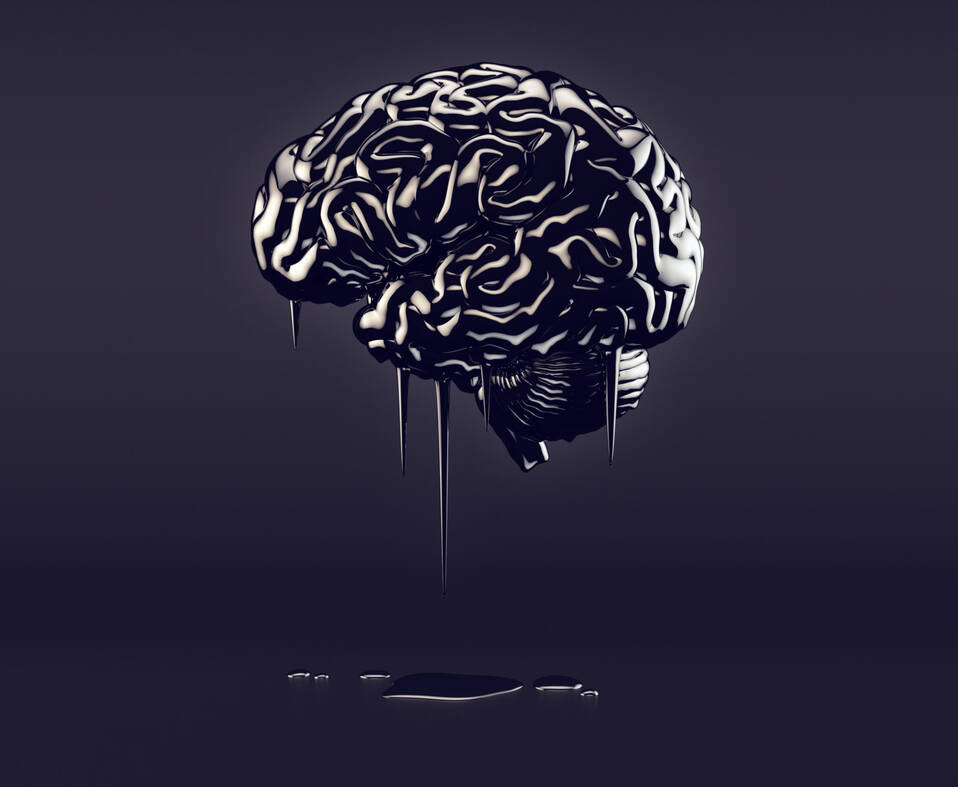Source: analyticsinsight.net
Machine learning-fuelled artificial intelligence will match and surpass human capacities in the areas of computer vision and speech recognition within five to ten years says – Facebook CEO Mark Zuckerberg.
Most of the huge web companies, like Facebook (NASDAQ: FB), utilizes machine learning technology to use its huge data set and deliver better services to its clients. Algorithms work in the background at Facebook to do things like prescribe recommend new connections to Facebook users, to introduce content that matches a user’s interest, and to block spam.
However, the organization is beginning to utilize machine learning in further advanced ways, for example, for facial recognition on pictures presented on the site. Subsequent to identifying an individual in a photograph, the new Moments application can even recommend to a user that she shares it with that individual.
In a recent report, a group of researchers from different German companies and colleges has highlighted the difficulties of assessing the performance of deep learning in processing visual data. In their paper, named, “The Notorious Difficulty of Comparing Human and Machine Perception,” the researchers highlight the issues in current methods that compare deep neural networks and the human vision system.
In their study, the researcher led a series of examinations that dig underneath the surface of deep learning results and compare them with the operations of the human visual framework. Their discoveries are a reminder that we should be wary when comparing AI with people, regardless of whether it shows equivalent or better performance on a similar task.
The vision of making machines that can think and act like people has evolved from film fiction to real-world facts. We have since quite a while ago endeavored to acquire Intelligence in Machines to facilitate our work. There are bots, humanoids, robots, and digital people that either outflank people or facilitate with us in many ways. These AI-driven applications have a higher speed of execution, have higher operational capacity and precision, while likewise exceptionally critical in dull and monotonous jobs compared to humans.
Unexpectedly, Human Intelligence relates to adaptive learning and experience. It doesn’t generally rely upon pre-fed data like the ones required for AI. Human memory, its computing power, and the human body as an element may appear to be irrelevant compared to the machine’s hardware and software infrastructure. In any case, the profundity and layers present in our minds are unmistakably more complex and refined, that machines despite everything can’t beat in the near future.
Well AI is ending up being an important device, and an intelligent work process will be the labor-saving norm within just a few years,” said Scott Robinson, a SharePoint and business intelligence expert based in Louisville, Ky. In any case, business processes include smart ideas and intelligent behavior. Artificial intelligence is extraordinary at replicating intelligent behavior, however, intelligent thought is another issue. We don’t completely see how intelligent human thoughts grow, so we’re not going to manufacture machines that can have them anytime soon.
Deep learning (DL), a subset of AI utilizes the idea of Neural Networks that is fundamentally the same as the human nervous system and brain. Our Intelligence lies in adapted learning and in realizing how to apply the information in real-world situations. In deep learning, we copy the ability of human brains to learn in various stages. We take care of complex issues by separating them into levels of information. Wonder how well you read a long anecdotal book a long time back and still can recall your favourite character and the famous quotes?
Apparently, in the interminable quest to reconstruct human perception, the field that has become known as computer vision, deep learning has so far yielded the greatest outcomes. Convolutional neural networks (CNN), an architecture regularly utilized in computer vision deep learning algorithms, are achieving tasks that were extremely difficult with traditional software.
In any case, comparing neural networks to human perception remains a challenge. Furthermore, this is partly in light of the fact that we despite everything have a long way to learn about the human vision system and the human brain all in all. The complex functions of deep learning frameworks additionally intensify the issue. Deep neural networks work in convoluted manners that frequently confound their own makers.
Going with the current data and our AI-progressions, language processing, vision, Image processing, and common sense is as yet a challenge to machines and require human mediations. Since AI is still in its advancement stage, the future lies in how well we people govern AI applications with the goal that they maintain human values and security measures. As Nick Burns, SQL Services Data Scientist clarified: “Regardless of how great your models are, they are just on a par with your data.”
As our AI frameworks become more intricate, we should grow more complex techniques to test them. Past work in the field shows that many of the famous benchmarks used to measure the accuracy of computer vision systems are deceiving. The work by the German researchers is one of the numerous endeavors that try to measure artificial intelligence and better measure the differences between AI and human intelligence. What’s more, they reach conclusions that can give headings to future AI research.
The general challenge in comparison studies between humans and machines is by all means the strong internal human interpretation bias. “Proper analysis tools and extensive cross-checks –, for example, varieties in the network architecture, alignment of experimental procedures, generalization tests, adversarial examples and tests with constrained networks– help to justify the interpretation of findings and put this inner bias into point of view. All things considered, care must be taken to not force our systematic bias when comparing human and machine perception.

